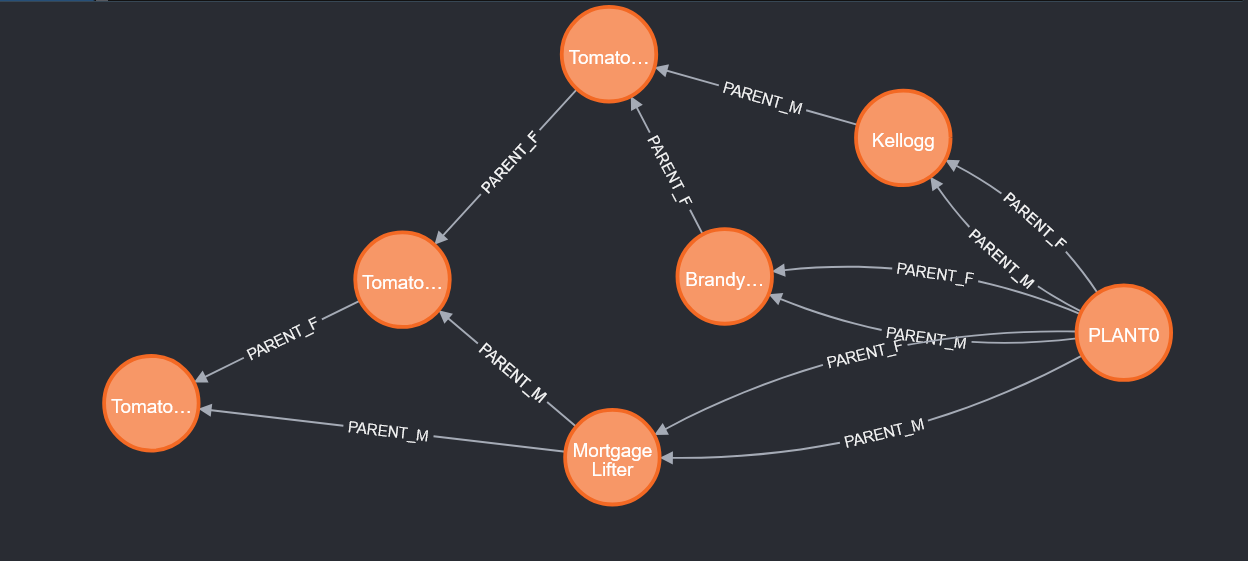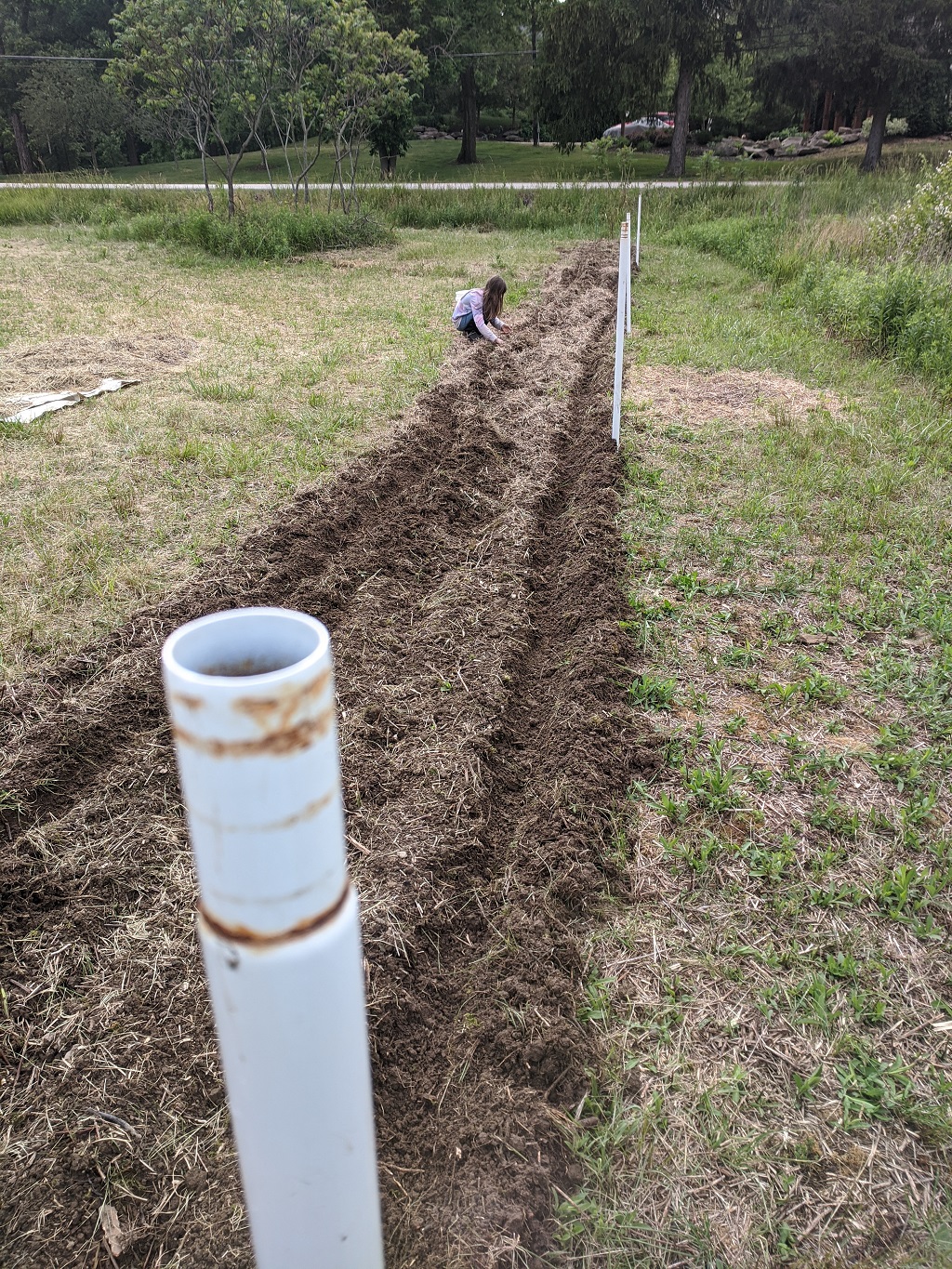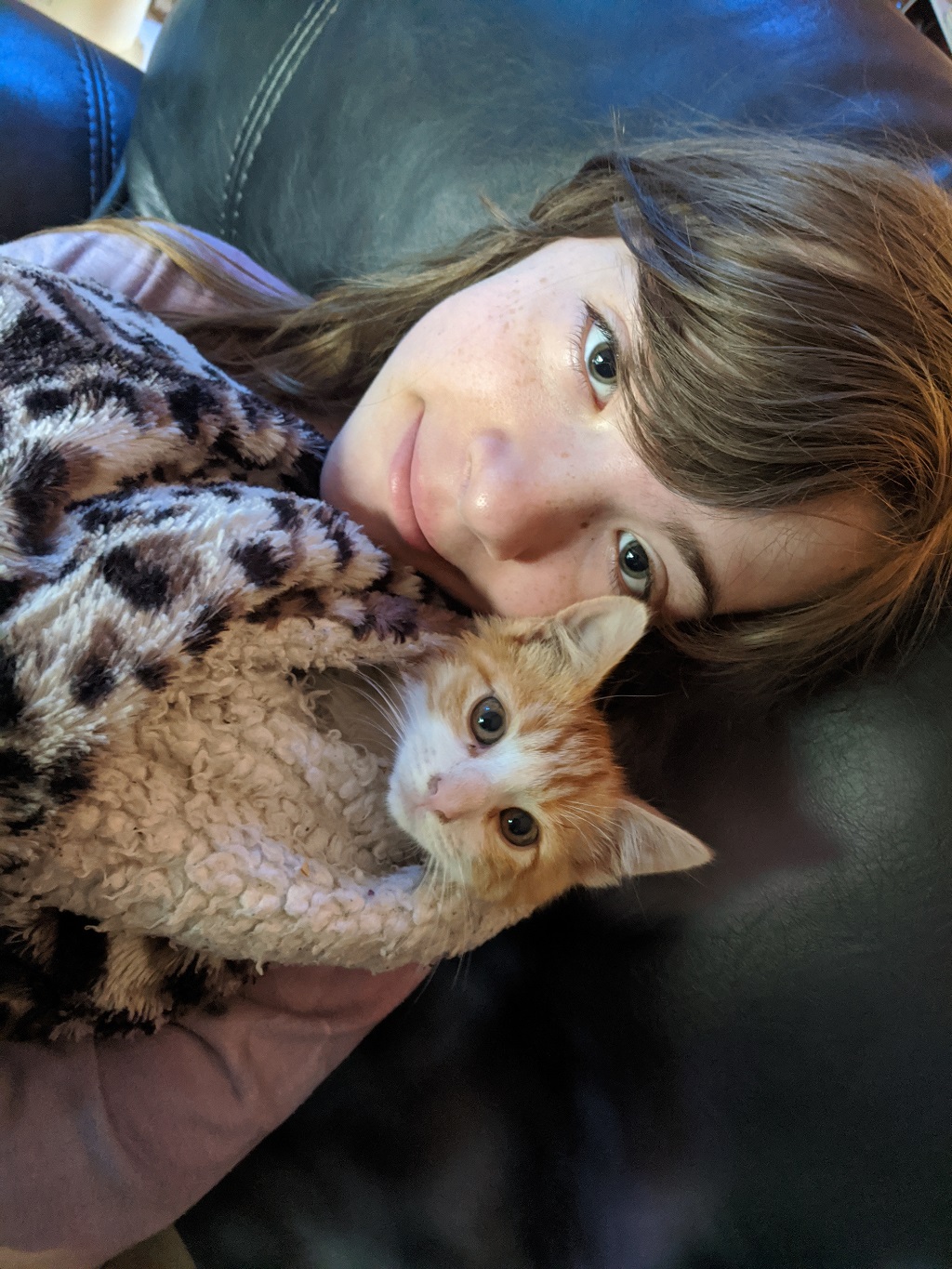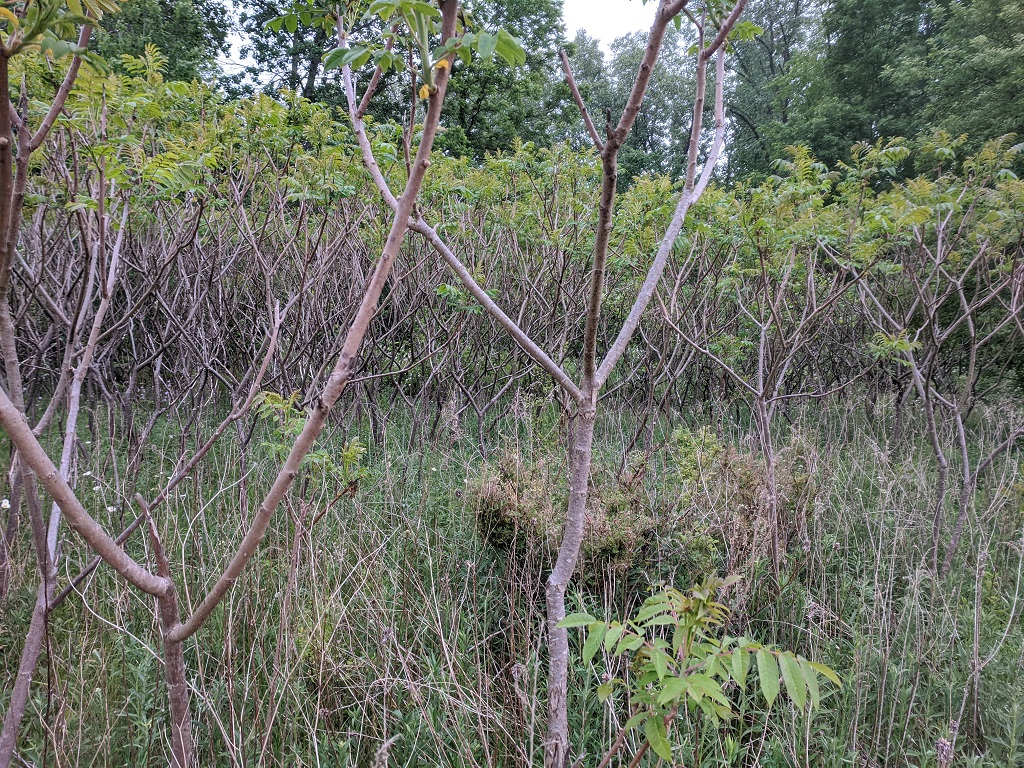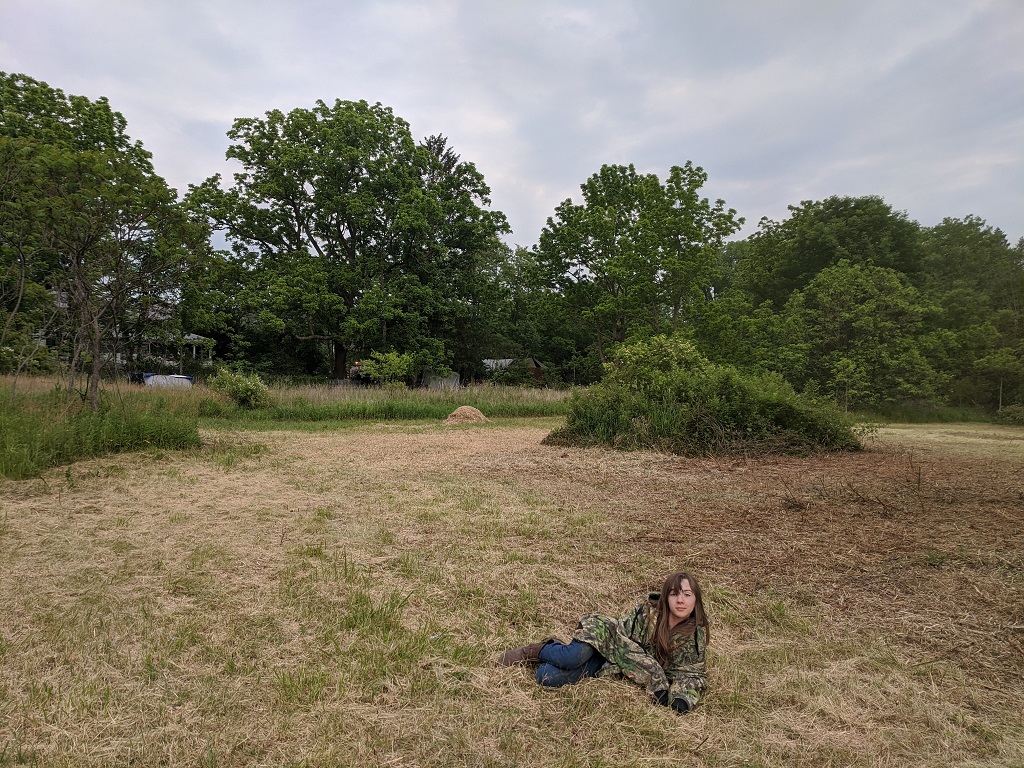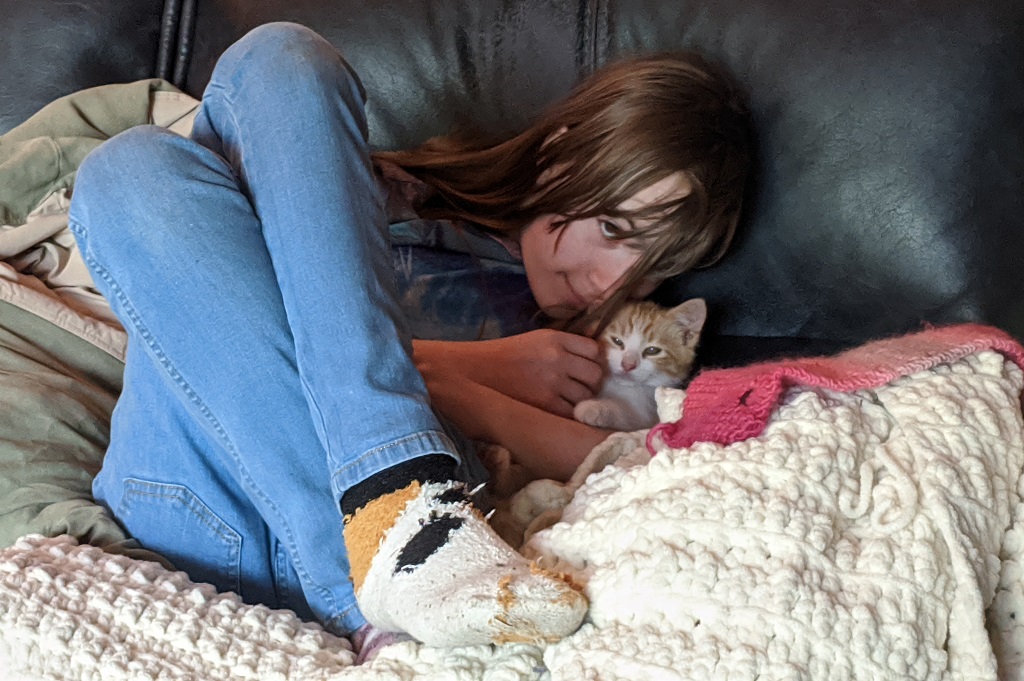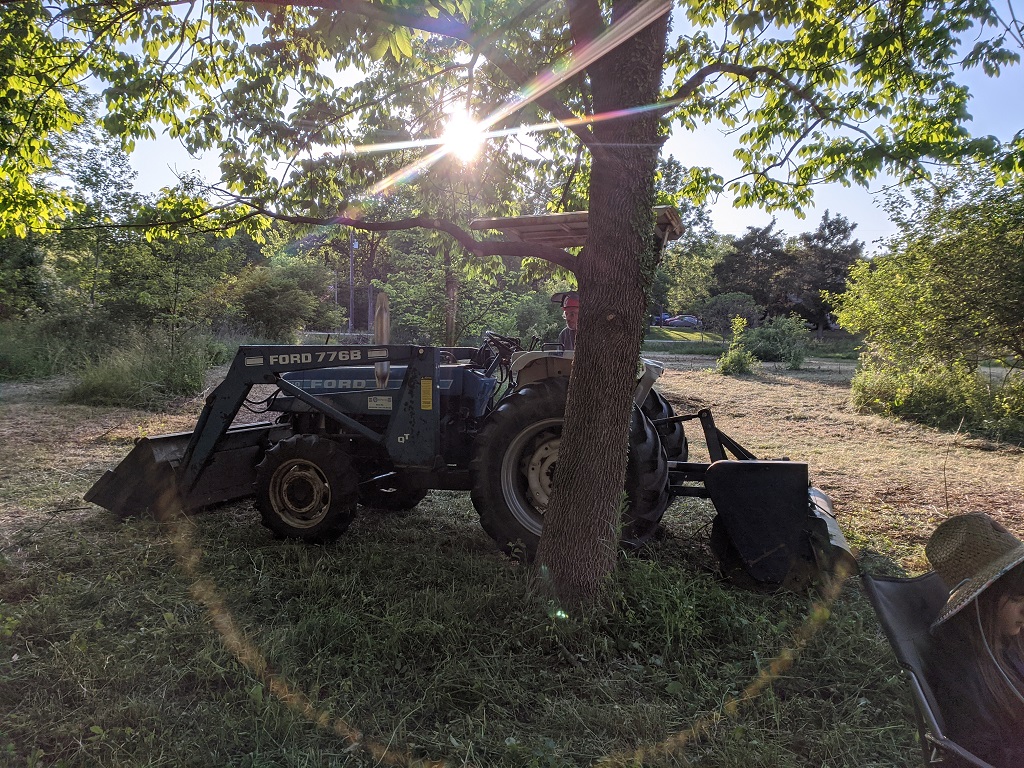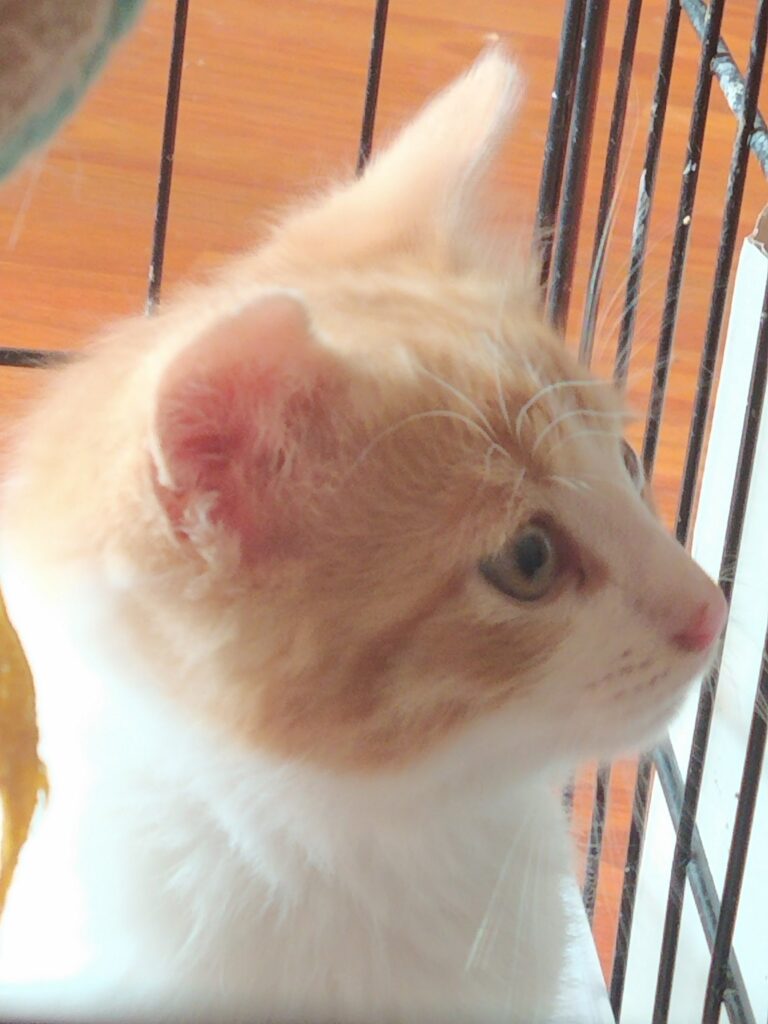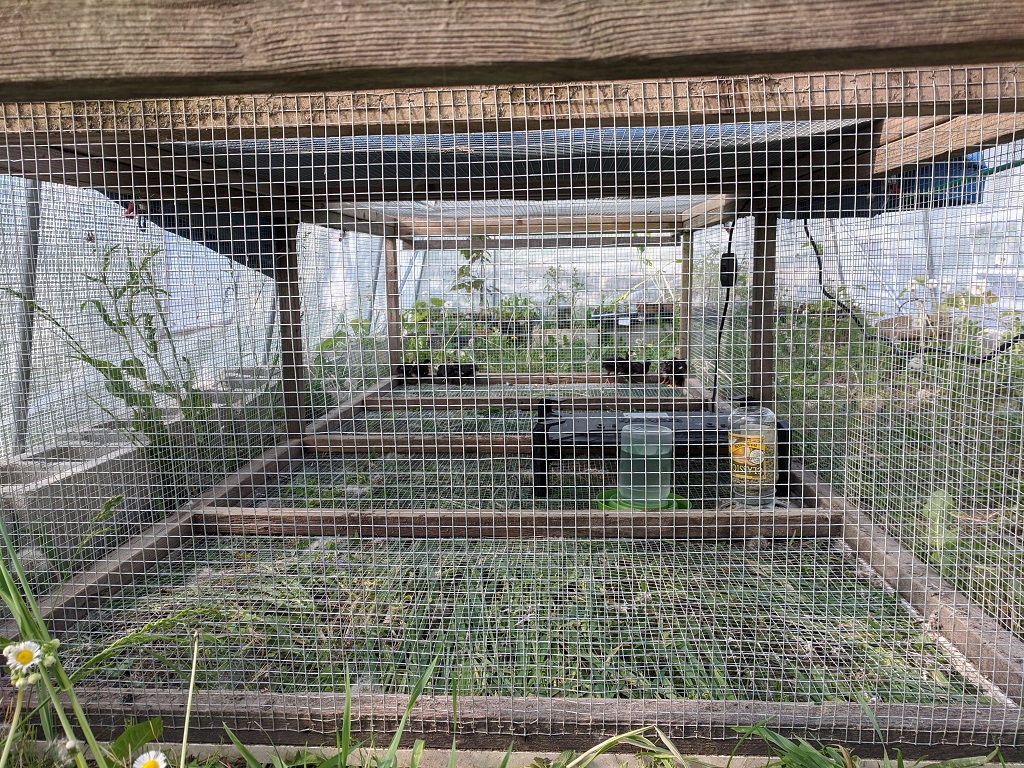We started our three sisters planting today — about 660 sq ft of tilled soil. I found an open pollinated SH2 corn developed by Kultursaatin in Germany, which we planted today. Anya interspersed the field with Rouge Vif D’Etampes pumpkins. In about two weeks, we’ll add scarlet runner beans. Even if we don’t produce enough to sell this year, we’ll grow enough seeds to expand the garden area this year.
Category: Homesteading
More Kitten Snuggles
Sumac Forest
Pasture Progress
Kitten Snuggles
Tractor and Sunset
Got ’em
Turkey Hatchlings v/s Turkeys in the Mail
The first time we bought baby poultry, we picked them up from a local(ish) hatchery. The chicks hatched overnight, were sorted in the morning, and we picked them up in the afternoon. Happy, healthy chicks. The second time, the hatchery was halfway across the country but offered overnight shipping. That’s not a cheap option, but the birds were still happy and healthy when they arrived. Then we wanted to raise turkeys.
We ordered from a well known hatchery, and the only option was “shipping”. They shipped once a week. And USPS shipping was amazingly slow. So very slow. The USPS employee at the local central depot rang us on Saturday morning to see if we could come pick the birds up because he didn’t think they would survive until they were delivered on what would probably be Tuesday. We did, but only one of the birds survived even though we spent the weekend nursing sick birds.
Last year, we tried again — ordered from another well known hatchery. I couldn’t find a hatchery that offered overnight or two-day shipping. But I was able to find one willing to let me pay a little extra to have additional food added to the shipping box. The chicks arrived, but they were still not super spry.
This year, we hatched our first turkey poults. It’s amazing how much easier it is to get them eating and drinking when you start at day zero! The little guys spent about 12 hours in the incubator drying off, then they spent another 12+ hours sleeping under the heater. Then they were hopping around, investigating everything, and being birds. After sprinkling moistened food on the floor and adding tiny bits of plants (clover and dandelion greens) to the top of the water, the little guys were eating and drinking. And, when would find food or water … all of the other poults rush over to investigate.
Greenhouse Turkeys
We have a greenhouse full of turkeys! It was turkey liberation day at the farm — all of the poults that hatched last week are now in a larger brooder in the greenhouse. They’ve got a larger “turkey toaster” (a plate heater) for the evenings, but they are running around, exploring, and happily eating green leafy things.
Using Graph Database to Track Plant Hybridization
Graph databases are designed to both store data and record relationships between data elements. I wondered if this would be useful in tracking cross-breeding projects – essentially building “family trees” of the entity being cross-bred. The data model would have nodes with the hybrid with notes on it. Relationships for PARENT_M and PARENT_F (male and female parent of the hybrid) would be used to associate nodes.
Graph databases have a concept of pathing – what nodes do we need to traverse to get from A to B – but to create a lineage for the plants, you need to know the starting point. Which is great if you want to play six degrees of separation and find a path between two known people, but not great if I just want to know what the lineage is of Tomato #198. To make pathing possible, I needed to add a common root node to all of heirloom seedstocks – PLANT0
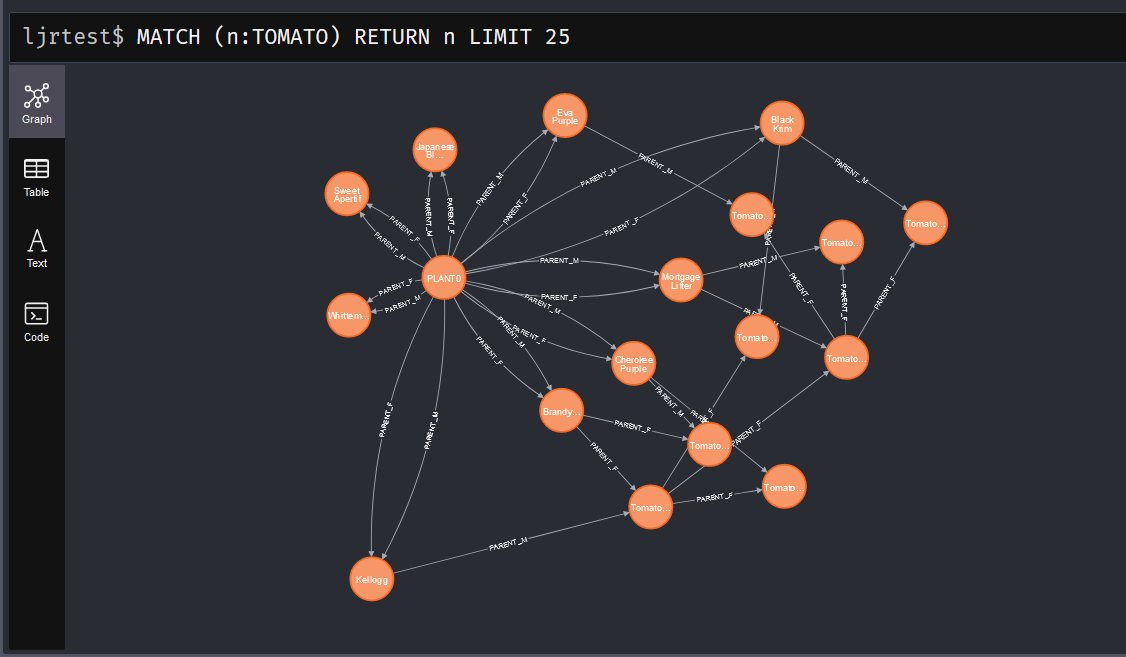
This allows me to take any plant and find the paths from PLANT0 to it
MATCH
p=(Tomato0:TOMATO {name: 'PLANT0'})-[*]->(Tomato8:TOMATO{name: 'Tomato0000008'})
RETURN p
And visualize the genetic heritage of the hybrid.
